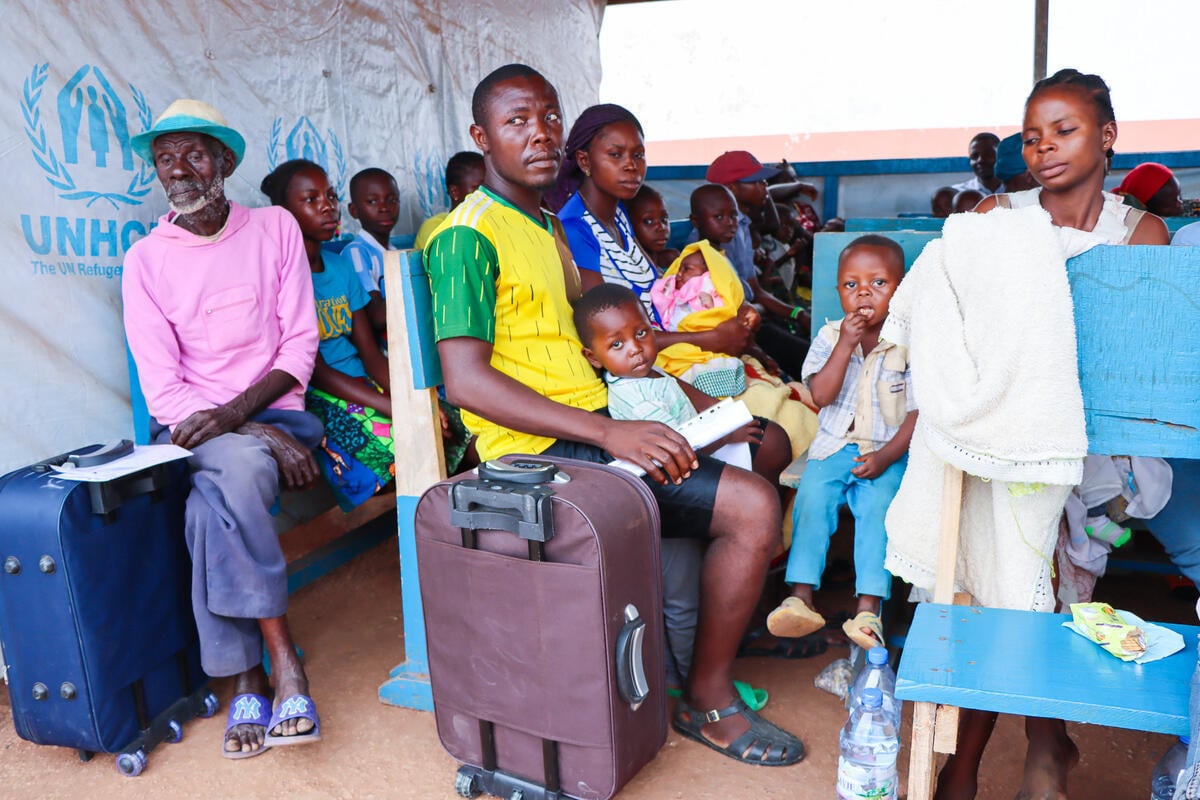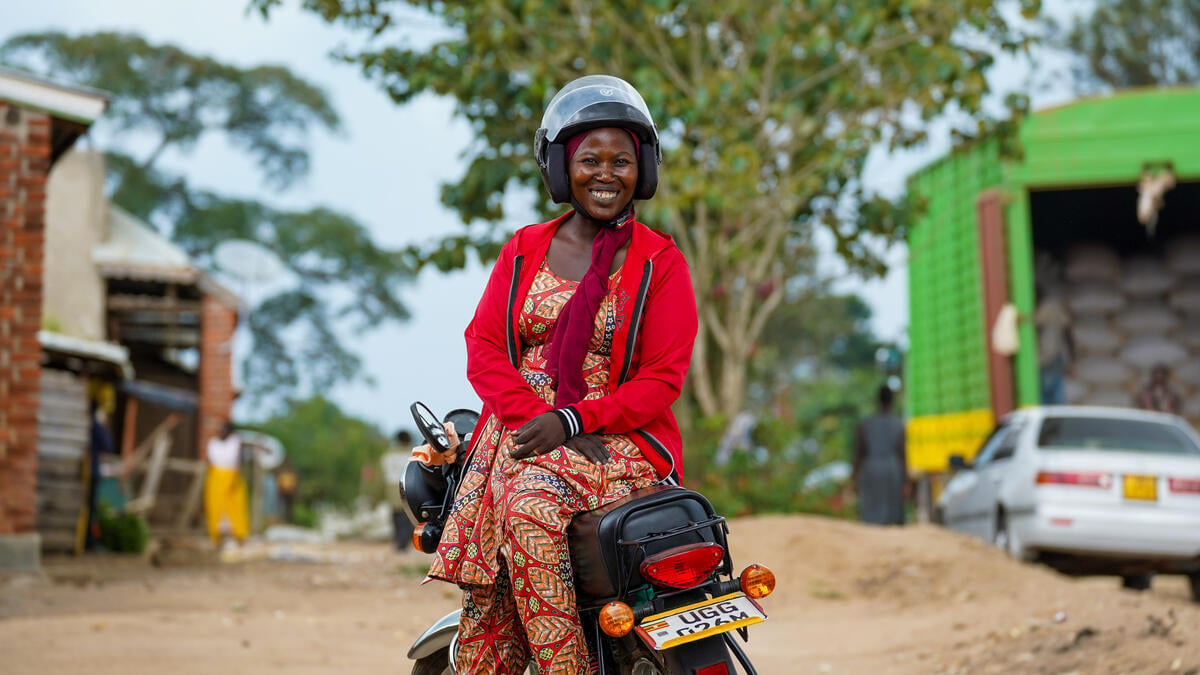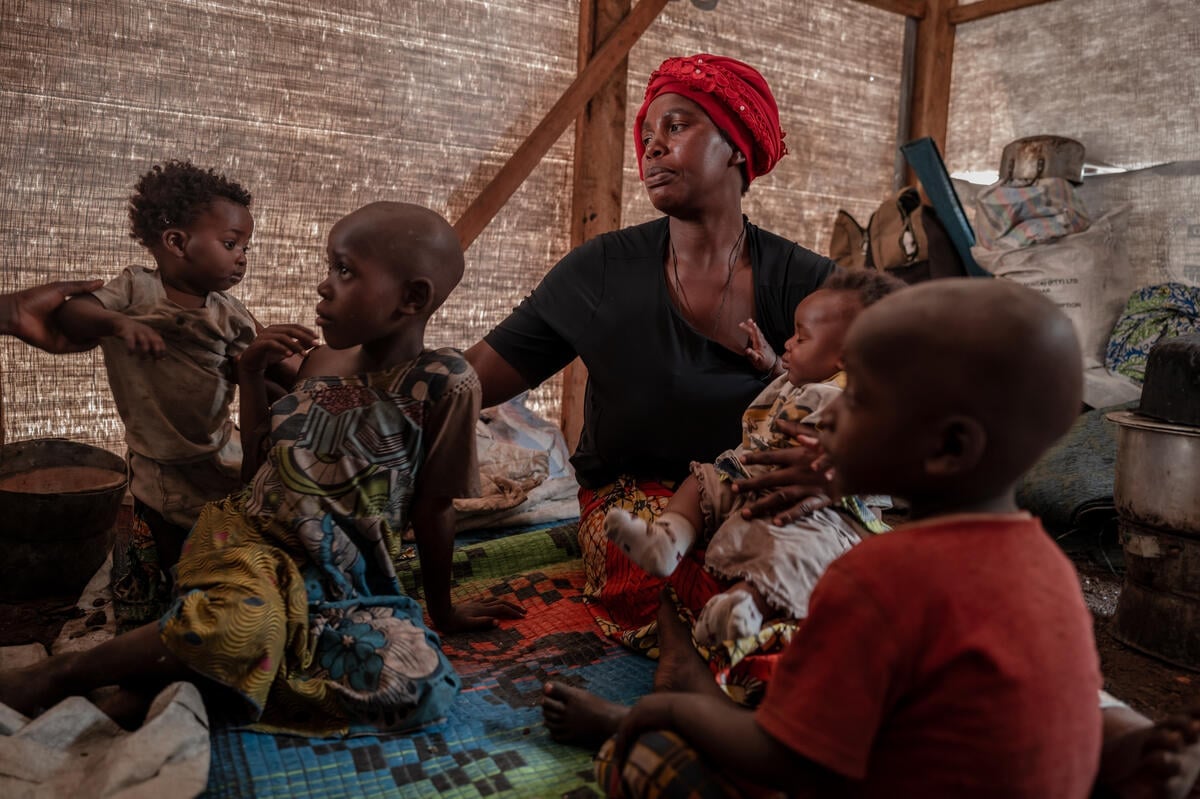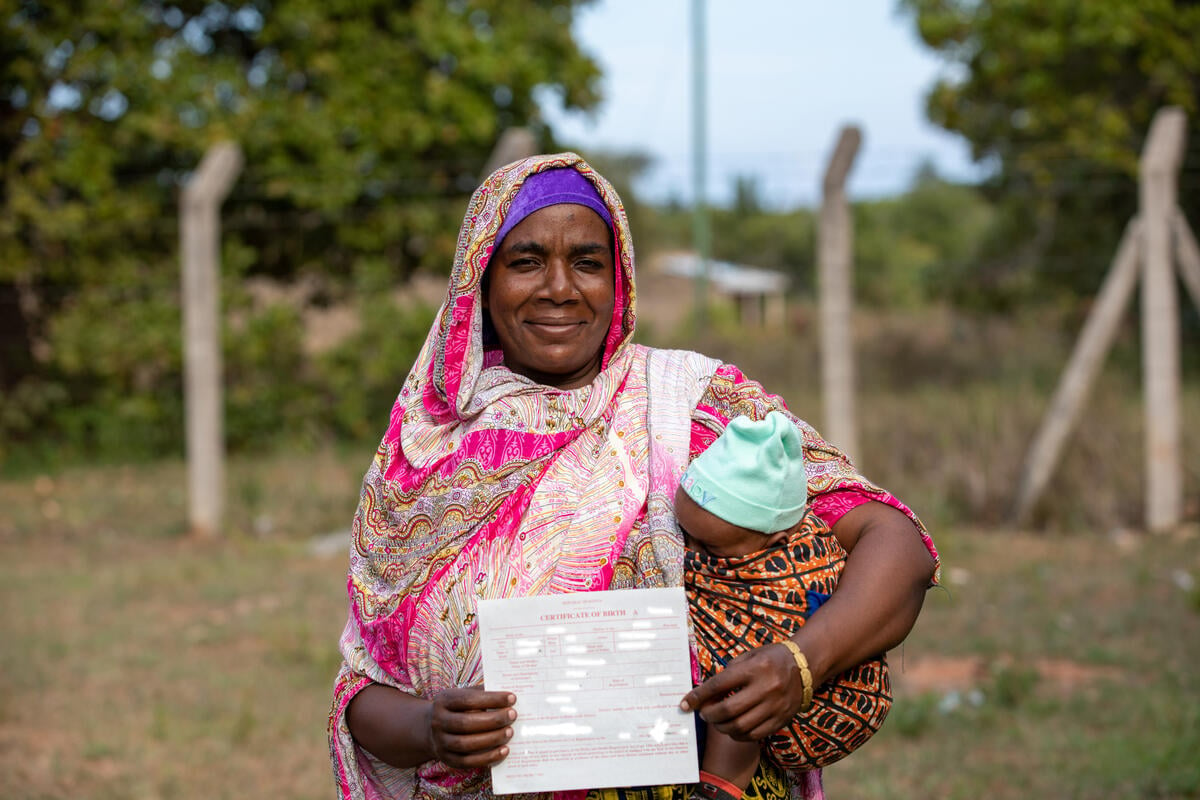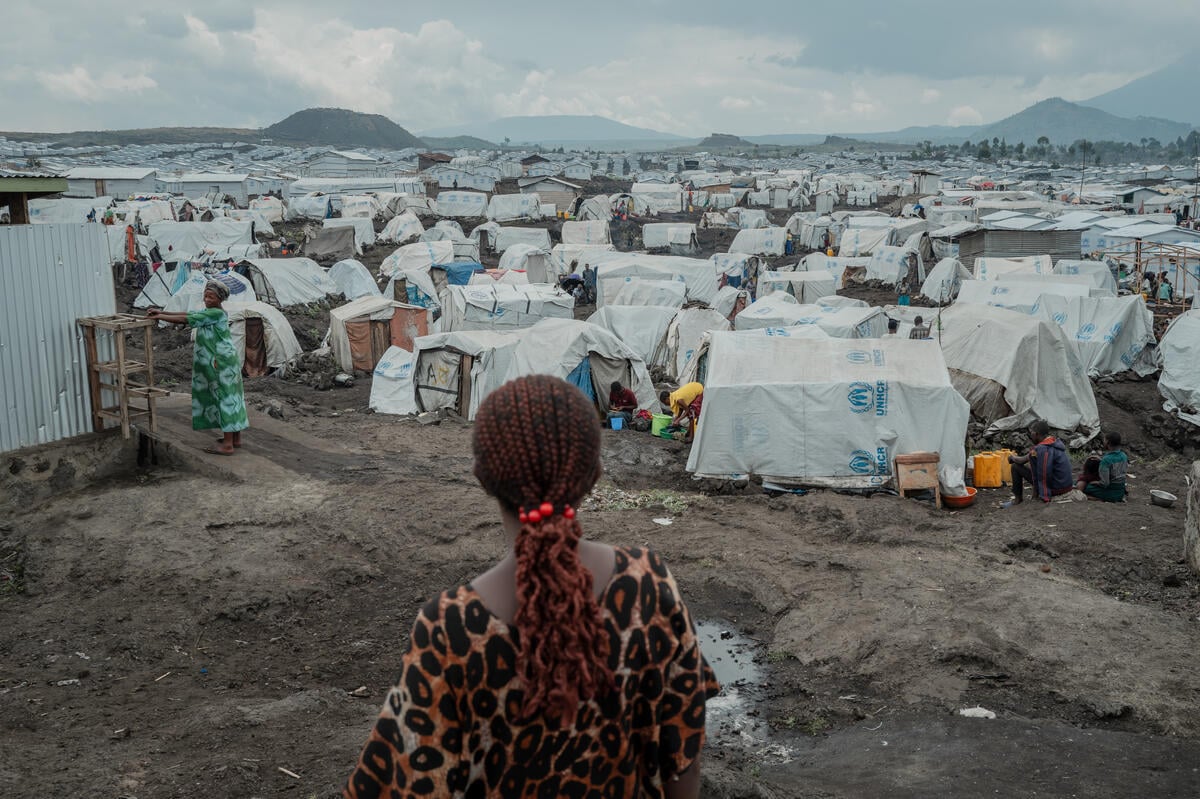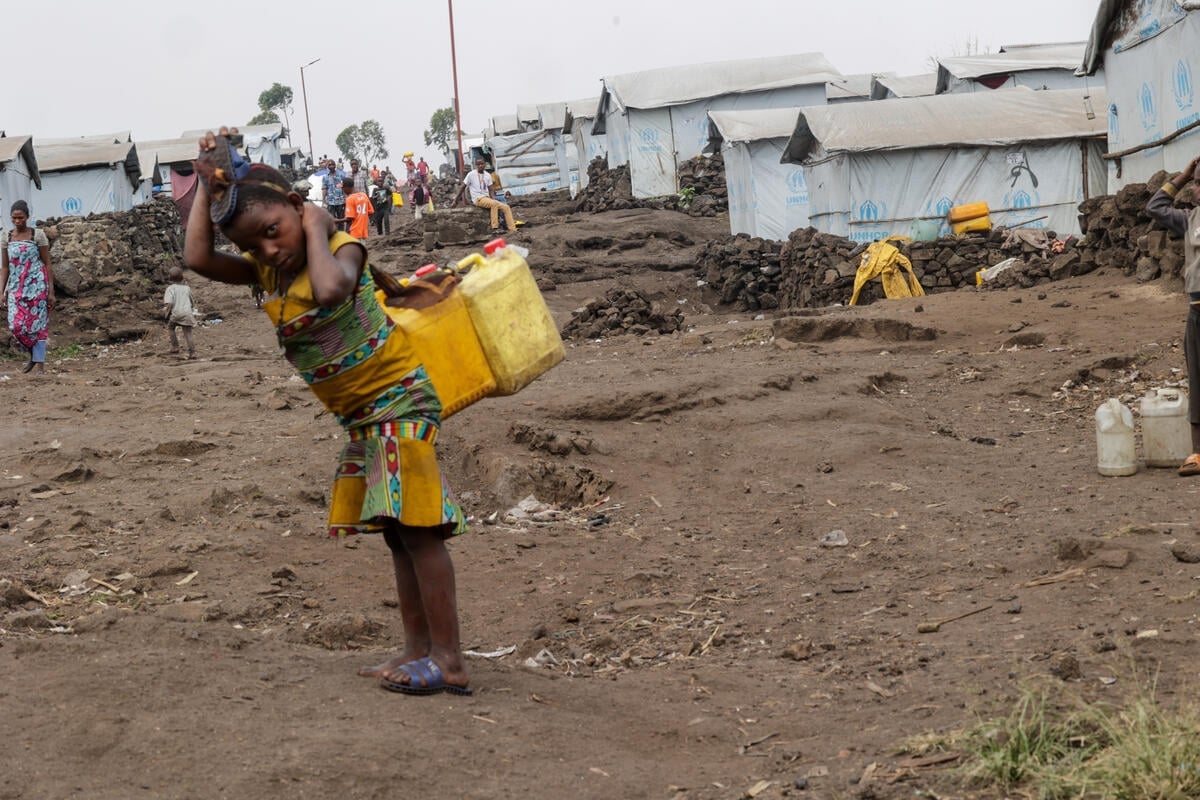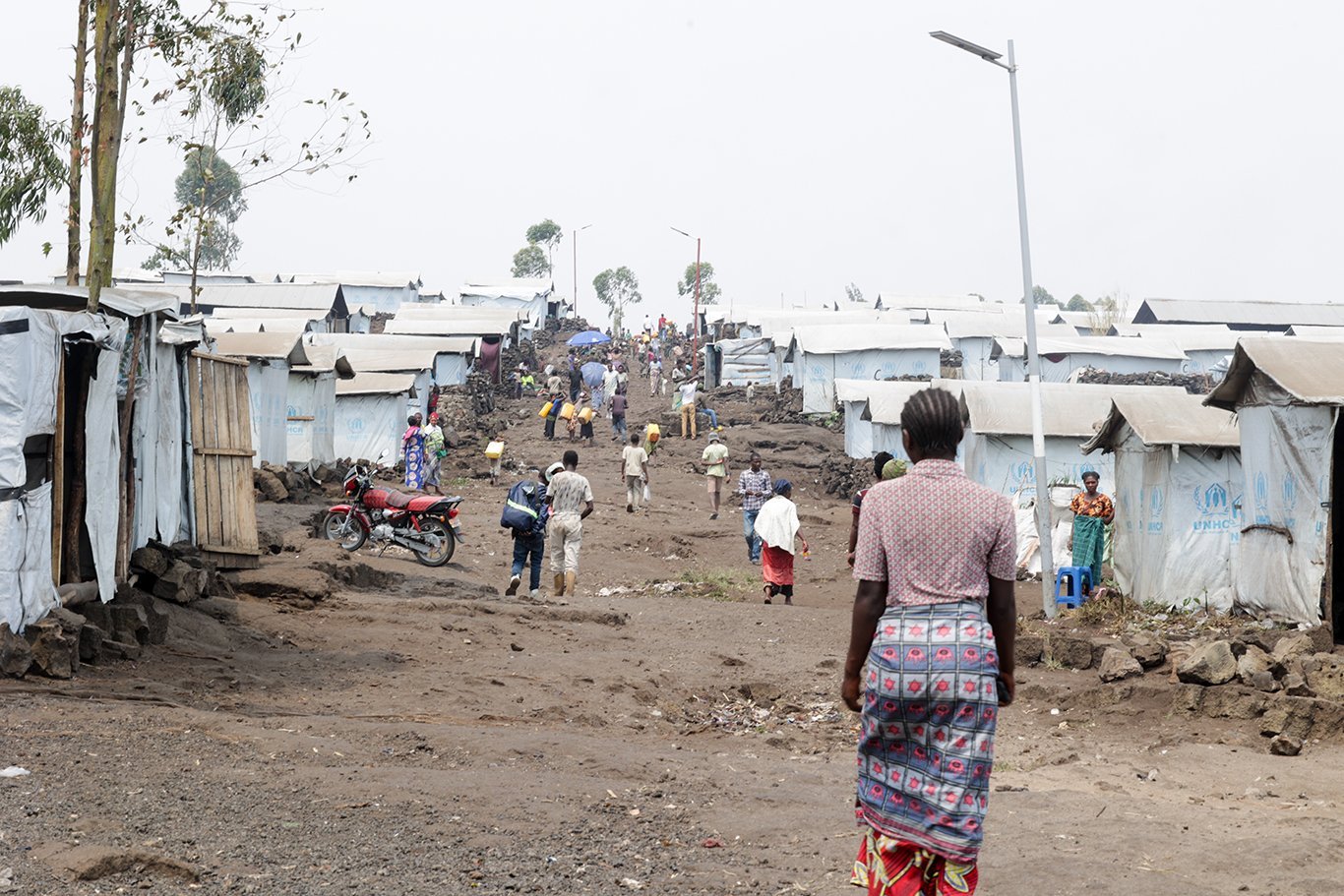UNHCR worries over fate of refugees in Zaire
UNHCR worries over fate of refugees in Zaire
The United Nations High Commissioner for Refugees called Friday on all parties to allow humanitarian agencies full access in eastern Zaire.
"Sadly, despite our best efforts, we have not been able to locate substantial numbers of refugees and distressed people out in the forests and hills of Zaire," High Commissioner Sadako Ogata said in a statement. "We cannot simply stand idly by, frustrated at every turn as we try to carry out humanitarian missions. We need access to these people."
Since fighting forced the abandonment of the refugee camps in eastern Zaire beginning in mid-October, Ogata has called for assistance in gathering information, getting access to refugees so that aid could reach them and help them return to Rwanda, and in providing security and logistical support in carrying out these activities.
Before the conflict erupted, UNHCR cared for 1.2 million refugees in eastern Zaire: 719,000 Rwandan refugees in five camps in Goma; 307,000 in 22 camps in Bukavu; and 219,000 in 12 camps in Uvira. The Uvira population included 143,000 Burundi refugees, of whom 60,000 have returned to Burundi.
The figures for Uvira and Bukavu were based on two elaborate registration exercises carried out twice in the last two years, the latest last summer. UNHCR was unable to recheck population figures taken in a census in the Goma camps in February 1995 after refugees boycotted a verification exercise in September. However, in October a joint food assessment mission from UNHCR and the World Food Programme, accompanied by observers from the United States and the European Union, was able to verify Goma's population figures.
An estimated 500,000 refugees from Goma returned to Rwanda over four days beginning 15 November. Another 62,000 returned from 20 November to 4 December. Registration is now going on in Rwanda and a precise count of returnees will not be available until this is completed.
However, the returns to communes so far accurately reflect previous surveys on the places of origin of the refugees in eastern Zaire, who come mostly from western Rwanda. Most of the returnees from Goma have gone back to prefectures of origin just across the border - Gisenyi, Ruhengeri, and farther west to Kigali Rural and Byumba. But no significant returns have been reported in Cyangugu, Gikongoro and Kibuye prefectures in south-west Rwanda, where most of the refugees from the Bukavu and Uvira camps originated.
UNHCR has received information from aerial photographs about the location of some 250,000 refugees and displaced people in three large groups between 75 and 100 kilometres west of Lake Kivu, but has not been able to reach them. There are also substantial numbers of refugees who are still unaccounted for.
Ogata expressed appreciation for the efforts of the Rwandan government to receive and integrate the returnees in their home communes. She said however that Rwanda needs more help in caring for the returnees, particularly in providing food. The provision of shelters and recovery of property also remain high priority.
She said she has been encouraged by reports that the returnees have been generally received well, despite simmering tensions that local authorities are attempting to control.


